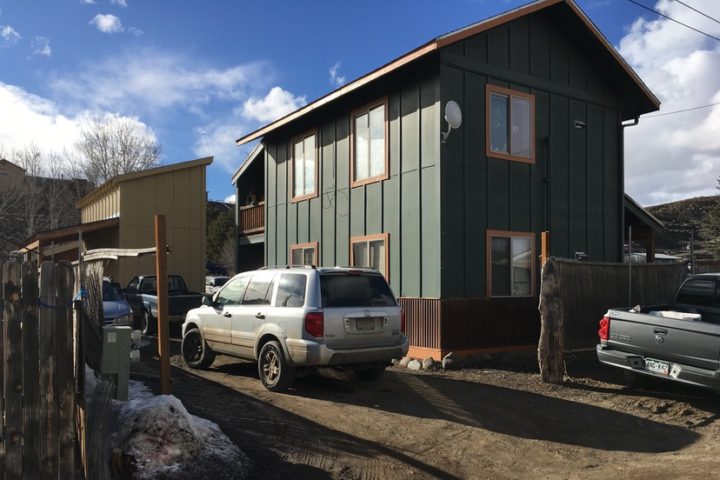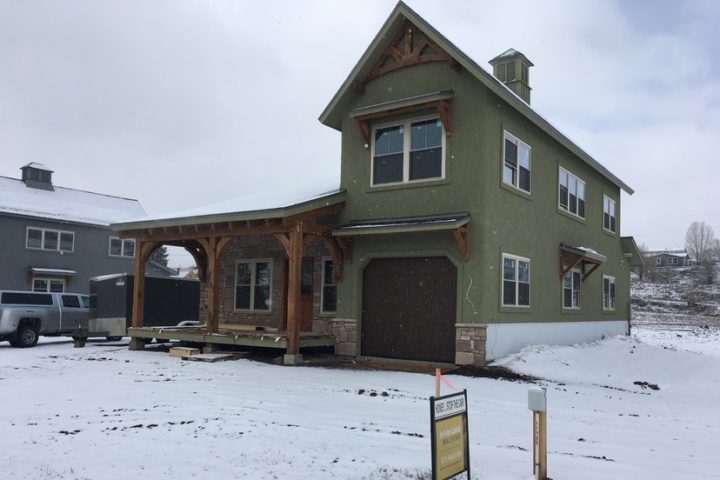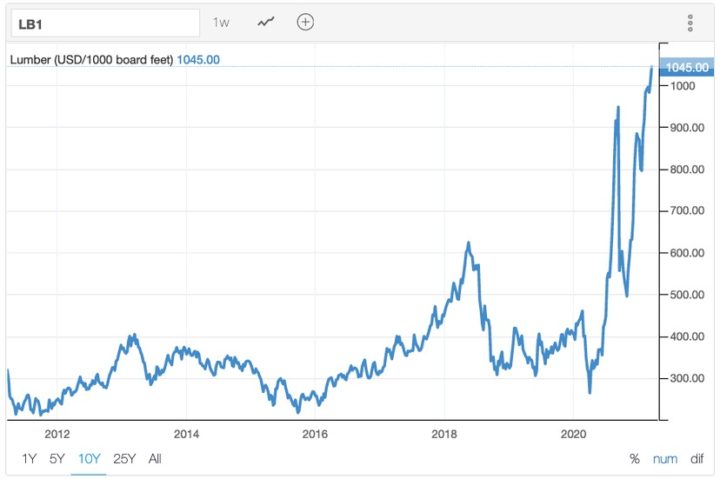People have never been more connected than they are today. The internet, social media networks, and other technologies allow us to instantly send messages across the world, and learn about breaking news as it happens. With such expansive networks, Americans in different communities could be connecting with each other, learning about each other and building bridges to each other… Connections that transcend social divisions… should be expanding and pervasive. But that’s not the case. In fact, social media is separating us further.
— from a January 2017 essay by Rajiv Vinnakota on AspenInstitute.org, titled “How Social Media Divides Us”
Like so much of the United States in 2021 — like so much of the world, for that matter — Pagosa Springs appears to be suffering from political divisiveness… which is not the same as “political division.”
Political divisions, between folks on the “Right” — conservatives who tend to value individualism, Second Amendment rights, limited government and the so-called free market — and folks on the “Left — progressives who tend to view government policy as important tools for addressing environmental damage, social justice, skyrocketing health care costs, and corporate control of supposedly democratic processes — have existed here in Pagosa for many decades, and show no sign of disappearing.
Most of us live somewhere in the middle. Not too far Right. Not too far Left. But the “middle” seems to be disappearing. It least, it feels that way to me.
“Political divisiveness” is more insidious than mere political differences. Political divisiveness, as an attitude, erects barriers between the Left and Right, and operates to prevent conversation and friendly debate, ultimately making compromise solutions almost impossible to formulate, or implement. Social media websites like Facebook have gotten a share of the blame for the widening chasm between the Right and Left, but we can easily lay blame on the Internet as a whole. We might even blame websites like the Pagosa Daily Post.
“Political divisiveness” can also erect barriers around local issues. Here in Pagosa Springs, for example, we see a seemingly unbridgeable divide between the vacation rental industry, on the one hand… and on the other, citizens concerned about ballooning home prices and rental rates… and citizens concerned about residential neighborhoods changing into motel districts.
Another division that’s increased in importance recently is not so much “political” as it is “economic.” We’re talking here about the division between people who can afford a $460,000 house, and those who can’t.
Five years ago, a gentleman named Eddy Dunn — a recent transplant from Portland, OR — was beginning work on a cozy duplex on South 6th Street. Here’s that duplex, in a photo I took last weekend…
Around that same time, the two of us were becoming involved with a small group of activists looking at the worsening housing situation in Archuleta County. Eddy, however, was doing something very practical about the problem: he was building affordable housing. Over the next four years, he built two additional small dwellings on the same 50×150 foot parcel — so, a total of four units on a single parcel. A cozy little working-class neighborhood of sorts, you might say. In 2019, Eddy sold the ‘neighborhood’ to a local real estate agent for about $450,000.
That is to say, about $112,000 per dwelling unit. Hardly anyone in Archuleta County is building dwelling units for $112,000 each. I might go so far as to say, “no one.” In fact, people are selling beat-up mobile homes for $180,000.
About 200 feet away from Eddy Dunn’s little ‘neighborhood’, another developer known as “A Wing and a Prayer LLC” is finishing up a house, facing on South 5th Street. A single-family home, with a garage.
Asking price? $459,000.
I have little doubt this modest home, above, on a modest Pagosa street, will ultimately sell for $459,000 — or maybe even more — and I wouldn’t be surprised to see it subsequently marketed as a ‘vacation rental’.
Two approaches, by two different types of developers, to a housing crisis in Pagosa Springs. One developer, hoping to help solve a problem… and another developer, 200 feet away, building a home that no working family in Pagosa could possibly afford.
This past week, I spent much of my idle, pandemically-limited time thinking about the future of Pagosa Springs. I spent some time thinking, for instance, about this chart I’d found on the TradingEconomics.com website.
Looking at the price of one thousand board feet of construction-grade lumber over the past 10 years — that is, since the middle of the Great Recession — we see that the price hovered between $200 and $400 for nearly all of the past decade. The price took off during the first year of President Trump’s administration, peaking at about $630 in May, 2018… and then settling back into more normal territory… until the arrival of the COVID pandemic. The price, as of yesterday, was $1,045 per thousand board feet.
This is what is known as ‘an anomaly’. Looking all the way back to 1978 (on the same website) we’ve never seen prices approaching what has taken place since March 2020.
At this point in time, we have no idea if this is “the new normal.” Time will tell. But for the time being at least, the cost of building a stick-frame home or commercial building in Pagosa Springs seems to have hit some kind of ceiling… (if we can even afford a ceiling.)
Part of my work this month, trying to understand where we are and where we’re headed, has led me to schedule meetings with several community leaders. Three of my meetings have been with members of the Town Council. I believe our Town government might be the only local government body that can seriously affect the way our conceptual map looks, going forward. For one thing, the entire seven-member Council comes from the working class. They can look at a $459,000 house and perceive a problem, rather than a solution.
For another thing, they’ve hired Denver consultants LoganSimpson to help them update the Town Land Use and Development Code (LUDC). This update could conceivably be the most important thing the Town Council does in 2021.



